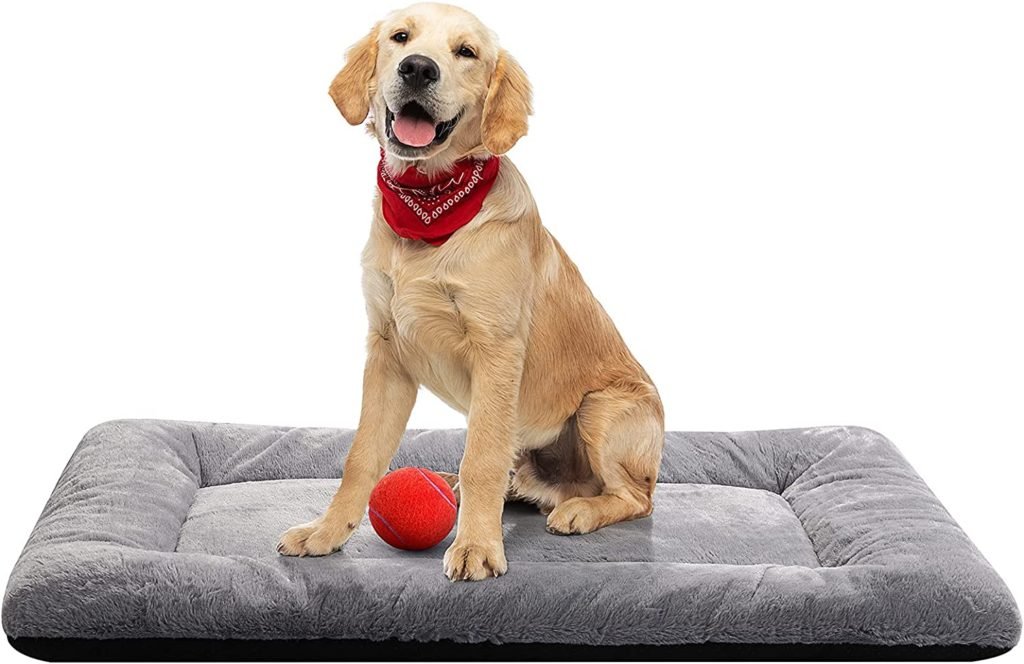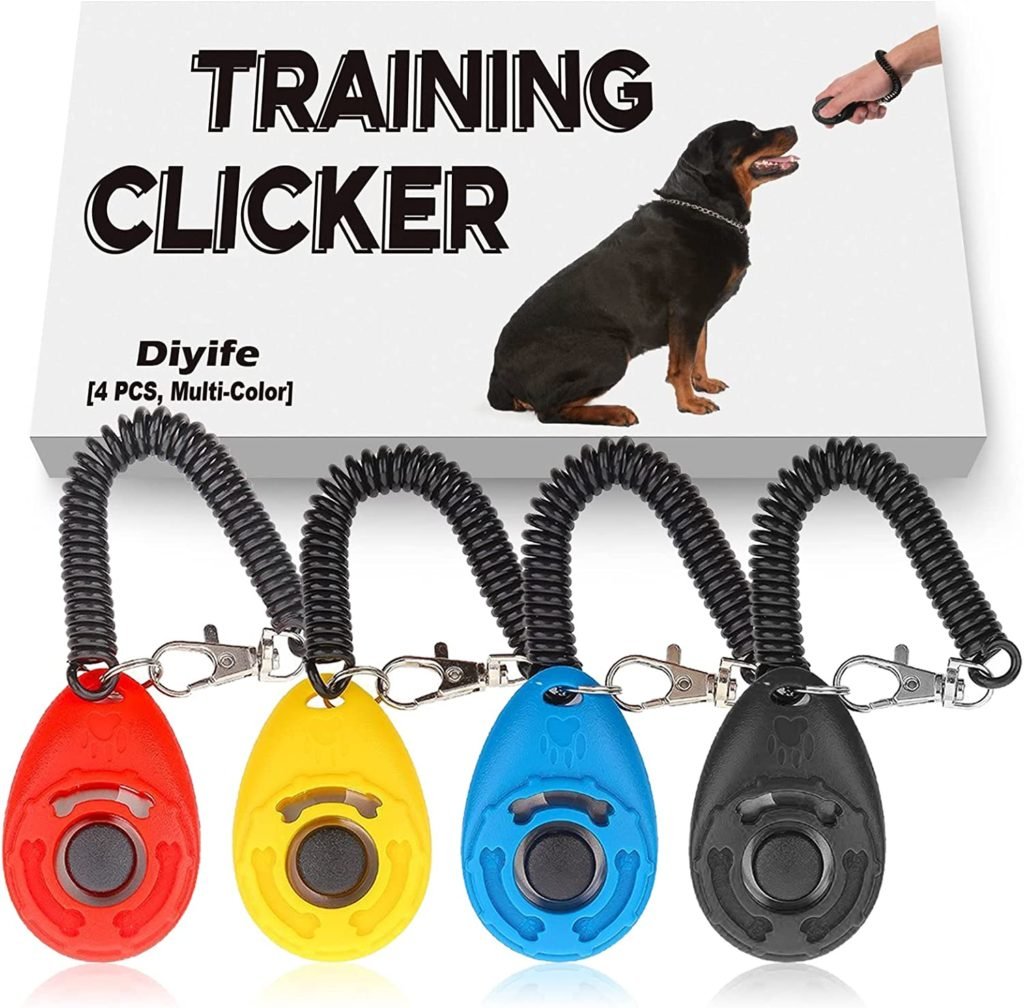Brandon McMillan is a well-known dog trainer, behaviorist, and best-selling book. On the famous CBS show “Lucky Dog,” he rescues and teaches shelter dogs to be adopted by loving homes. Brandon McMillan, a dog trainer with over 20 years of experience, has devised a novel crate training method emphasizing positive reinforcement and clear communication.
Explanation of who Brandon McMillan is and his background in dog training:
Brandon McMillan is a qualified dog trainer with 20 years of experience dealing with different breeds and temperaments. He understands canine behavior training and rehabilitating hundreds of dogs. He has trained animals for TV, film, and advertising national magazines and TV shows.
Overview of his approach to crate training:
Brandon McMillan’s crate training is positive and transparent. Crate training should be entertaining for dogs and humans, he believes. He improves dog behavior via clicker training, shaping, and luring. To strengthen dog-owner bonds, he encourages straightforward communication and consistency. Starting with brief sessions, he trains the dog.
The benefits of crate training:
Crate training is a valuable tool for both dogs and their owners. It provides a safe and comfortable space for dogs to rest and relax while also helping to improve behavior and increase safety. Some of the benefits of crate training include the following:
- Potty training: Crate training puppies and new dogs can help them learn to retain their urine and bowel motions for extended periods, making house training more accessible.
- Safety: When dogs need to be left alone, a crate delivers a safe and secure environment, minimizing accidents or destructive activity. It also serves as a secure haven for dogs traveling or in emergencies.
- Behavioral improvement: Crate training can improve behavior by giving dogs a defined area to rest and relax, lowering anxiety and tension. It can also aid in the prevention or reduction of undesirable behaviors such as destructive chewing or separation anxiety.
- Bonding: Increasing trust and communication may strengthen the link between a dog and its owner through crate training. The crate may be used as a reward for excellent behavior, giving the dog a sense of security.
Explanation of how crate training can improve behavior and increase safety:
Dogs can relax and calm down in a crate, improving behavior. Destructive chewing and separation anxiety can also be prevented or reduced. Crate training prevents accidents and lousy behavior while the dog is alone by providing a safe and secure place. Utilize Crate training to praise good behavior, strengthening the owner-dog link. Crate training also gives dogs a sense of security while traveling or in emergencies.
You May Also Interest: Master the Art of Force Free Dog Training: A Full Guide
Brandon McMillan Training methods:
Brandon McMillan is known for his practical and positive ways of training dogs of all ages and breeds. He uses positive reinforcement, clear communication, and consistency to train dogs to stay in their crates.
Description of the specific training methods and techniques used by Brandon McMillan for crate training:
- Clicker training: A clicker is one of the tools Brandon McMillan employs to signal to his dog when it has successfully completed a task. This operant conditioning-based training is pleasant and successful.
- Shaping: Brandon McMillan uses shaping to show dogs how to do exciting concepts. The goal of shaping is to teach the dog the correct behavior by rewarding it for taking baby steps in the right direction.
- Luring: Luring was also utilized by Brandon McMillan to train canines to do certain tasks. Luring incentivizes the dog with a treat.
- Consistency: Brandon McMillan emphasizes the value of consistency in training. He believes that by continuously providing the same orders and cues, dogs would learn to comprehend and respond to their masters more successfully.
You May Also Interest: Uncover your dog breed based on your zodiac sign

Brandon McMillan The crate training process:
Crate training is an integral part of the dog training process. It provides a secure and pleasant environment for dogs to rest and unwind while aiding in behavior modification and safety enhancement. Brandon McMillan employs a positive and successful crate training method, which consists of the phases shown below.:
Step-by-step instructions for crate training a dog:
- Introduce the crate: Begin by placing the kennel in a familiar and comfortable place in your house. Permit the dog to investigate and become accustomed to the crate on its terms. Place a treat or toy inside to entice the dog to enter the kennel.
- Teach the dog to enter the crate: Use food or toys to encourage him inside once he is comfortable exploring the crate. Utilize positive reinforcement to get the dog into the kennel. When the dog enters the crate, provide snacks and praise.
- Gradually increase the duration of time spent in the crate: Once the dog gets familiar with accessing the kennel, slowly extend the amount of time they spend in it. Start with brief durations and progressively increase them over many days or weeks.
- Provide comfortable bedding: Make careful to offer comfy dog bedding. That will provide the dog with a sense of security and safety.
Recommended Products
Tips for addressing common challenges and setbacks during the crate training process:
- Be patient: Crate training might need patience and time. Be tolerant and continue to work with your dog gradually if he resists or takes longer to acclimatize to the kennel.
- Avoid using force: Never aggressively put your dog in the crate. That might result in dread and anxiety, making crate training more challenging.
- Address underlying issues: If, after many weeks of training, your dog continues to resist the crate, visit a professional dog trainer to address any underlying problems or worries.
- Address Separation anxiety: Work with a competent dog trainer to address the underlying issues, not simply the crate training, if your dog suffers from separation anxiety and is uncomfortable being left alone.
- Be consistent: Consistency is vital when it comes to crate training.
You May Also Interest: Can dogs sense negative energy?
FAQ about Brandon McMillan's crate training
What is the philosophy behind Brandon McMillan’s crate training approach?
Brandon McMillan’s approach to crate training relies on positive rewards, clear communication, and consistency. He believes crate training should be a happy and stress-free experience for the dog and owner.
What training methods does Brandon McMillan use for crate training?
Brandon McMillan uses a range of positive reward strategies for crate training, including clicker training, shaping, and enticing. During training, he also emphasizes the necessity of clear communication and consistency.
Using Brandon McMillan’s methods, how long does it typically take to crate train a dog?
The time it takes to crate train a dog can vary depending on the individual dog and its unique needs. However, the design of Brandon McMillan’s crate training approach has to be gradual and patient, so it typically takes several days or weeks to train a dog fully.
Can crate train an adult dog using Brandon McMillan’s methods?
You could apply Brandon McMillan’s methods to crate-train an older dog. His method intends to be adaptive to dogs of all ages and breeds, and it is equally beneficial for pups and mature dogs.
What should I do if my dog is resistant to crate training?
If your dog is opposed to crate training, you must be patient and consistent. If your dog remains resistant to exercise after many weeks, talk with a professional dog trainer to address any underlying issues or worries.
How can I make sure that my dog feels comfortable in the crate?
A step-by-step introduction is essential, using positive reinforcement and clear communication. Also, providing comfortable bedding and progressively increasing the time your furry friend spends inside the crate will help the dog feel comfortable.





